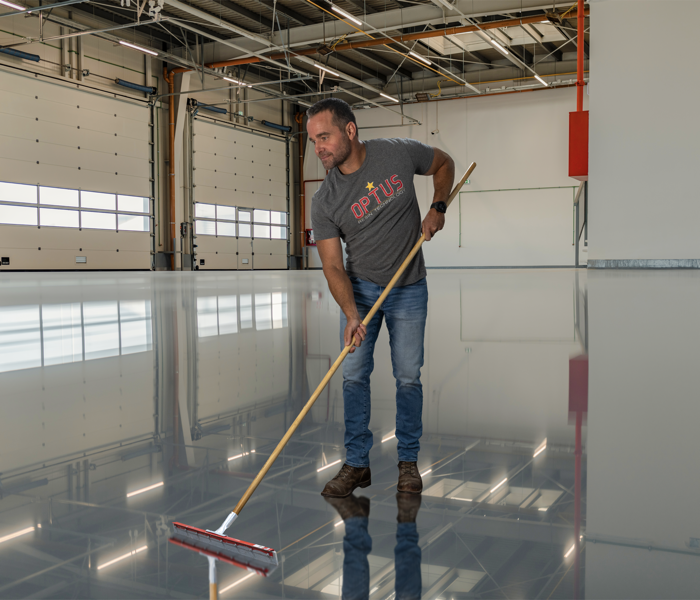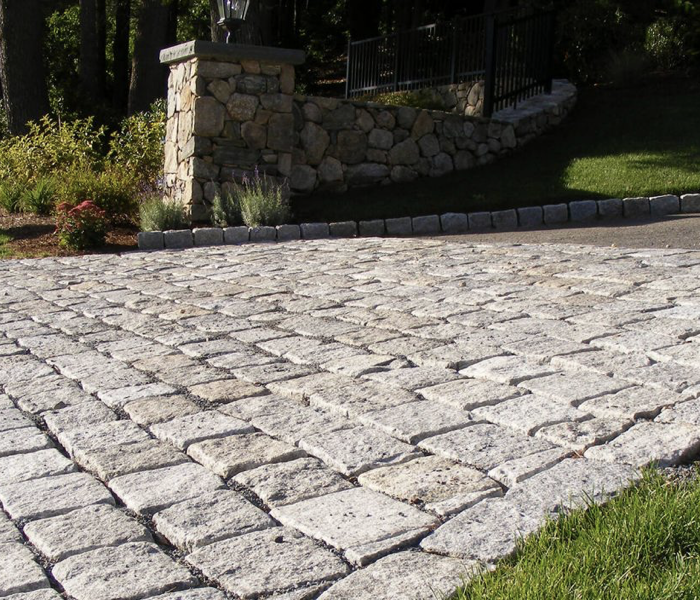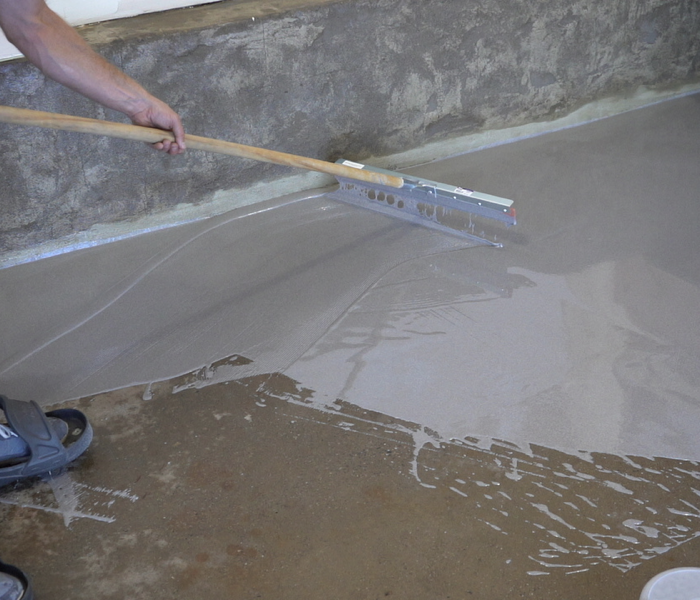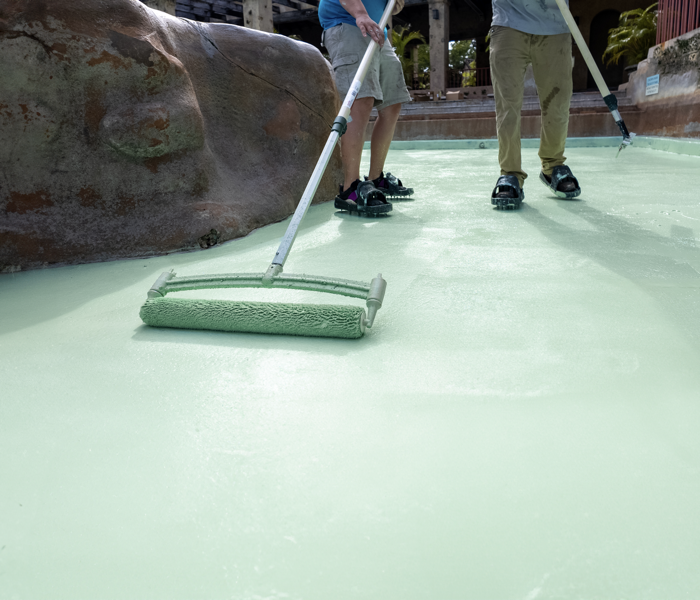
Choosing the right base for a resin path can be confusing. One important fact is that not all bases are suitable for resin bound systems. This article will guide you on selecting the best base, whether it’s asphalt, concrete or tarmac base, for your resin driveway or pathway construction.
Suitable Bases for Resin Paths
When constructing a resin path, it is essential to consider suitable bases such as tarmac, porous concrete, and other solid bases like macadam or concrete. These provide a stable foundation for the resin surfacing, ensuring longevity and durability.
Tarmac

Tarmac serves as an excellent base for resin pathways due to its solid and stable surface. This asphalt base is ideal because it provides the necessary support and ensures that the upper resin layer adheres well, contributing to a durable driveway surfacing solution.
Tarmac’s smooth, flat nature allows for effective surface leveling before the resin application, which is critical in achieving a level path without bumps or dips.
Choosing tarmac as a foundation also benefits ground preparation for resin bound surfacing. Its composition offers an impermeable layer that helps manage water runoff, making it less likely for puddles to form on the pathway.
Using tarmac can simplify the process of laying a new resin path by providing a ready-to-use asphalt surface that doesn’t require extensive modification or additional subbase materials.
This makes it a go-to choice for both residential and commercial hardscape installations where longevity and aesthetics are key considerations.
Porous concrete
To ensure a durable and sustainable resin path, consider laying it on porous concrete. Porous concrete allows water to pass through, preventing puddles or flooding during heavy rain.
This material is optimal for resin-bound gravel as it provides a stable and well-draining base. The permeability of porous concrete helps maintain the integrity of the resin-bound surface by ensuring efficient drainage, reducing the risk of erosion, and promoting longevity.
Unsuitable Bases for Resin Paths
Gravel sub-base, block paving, brick paving, and newly laid surfaces do not provide suitable bases for resin paths. These surfaces are not conducive for the application of resin paths.
Granular sub-base (MOT Type 1, gravel, sand)
Granular sub-bases, such as MOT Type 1, gravel, and sand, are not suitable bases for resin paths. These materials lack the necessary solidity and stability required to support a resin path effectively.
Using a granular sub-base can lead to an uneven surface and can compromise the durability of the resin-bound system over time. It is crucial to ensure that the base for a resin path provides adequate load-bearing capacity and resistance to movement caused by factors like temperature changes or heavy use.
Block paving, brick paving, flags
Block paving, brick paving, and flags are not suitable bases for resin paths. These surfaces lack the solid foundation needed to support a resin path effectively. The flexibility of these materials makes them unsuitable for holding the resin in place or providing adequate stability for foot traffic or vehicles.
Instead of using block paving, brick paving, or flags as a base for resin paths, focus on more solid bases that provide the necessary support and durability for long-lasting resin paths that can withstand varying weather conditions and heavy use.
Newly laid surfaces
Newly laid surfaces, such as fresh concrete or asphalt, are not suitable bases for resin paths. These surfaces need time to fully cure and settle before applying a resin path. Rushing this process may result in cracking, unevenness, or sinking of the path.
It is recommended to wait at least 6-12 months before considering laying a resin path on newly poured concrete or tarmac.
Moreover, applying a resin path onto freshly laid surfaces like block paving or flags is also not advisable due to the potential movement and settling that occurs during the first few years after installation.
Conclusion
When laying a resin path, it’s essential to choose a suitable base. Resin paths can be expensive, so it’s very important that they are installed correctly. Tarmac and porous concrete are ideal options for a strong foundation. Avoid using granular sub-base, block paving, or newly laid surfaces as they won’t provide the needed support. Ensure your chosen base is solid and free from cracks for the best results.
For top-quality resin products, consider Optus Resin. As a leading manufacturer of high-quality drive and walk resin products, Optus Resin ensures your paths and driveways are not only aesthetically pleasing but also durable and reliable. With our range of premium resin solutions, you can achieve a beautiful, long-lasting surface. Contact Optus Resin today to learn more about our products and how we can help you create the perfect resin path.
FAQs
1. What is the best base for a resin path?
The best base for a resin path can be a concrete base, aggregate base, or granular subbase. These provide a solid foundation that ensures your path stays flat and stable.
2. What kind of material do I need under my resin path?
Under your resin path, you should use materials for proper drainage and stability. Porous paving bases are also great for ensuring water doesn’t pool on the surface.
3. How do I prepare the ground before laying a resin path?
To prepare the ground before laying a resin path, start with base preparation by clearing any debris or weeds. Then level out a paving base to create an even surface ready for the resin mix.





